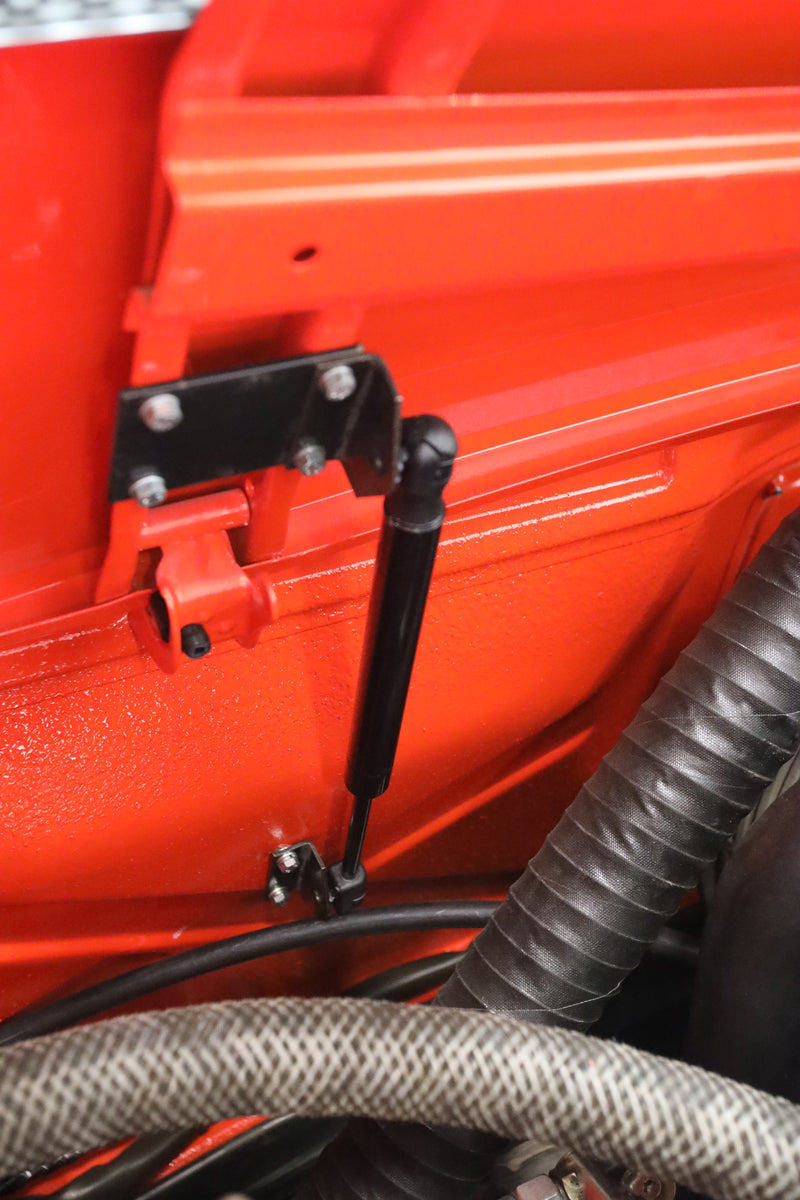

As they say, take care of your transmission, and it will take care of you.Here is a list of manual and automatic transmission fluid types and capacities for a Honda Civic. Just like any machine, a transmission needs proper maintenance in order to operate as the manufacturer intended. Adding fluid (which is available at auto-parts stores) will require a funnel with a narrow-and most likely long-spout. If your transmission is healthy, then a fresh change of fluid will only help its longevity.įYI, if your transmission fluid is low and needs topping off, this is usually done through the same tube that the dipstick fits in. Typically, when a transmission suddenly has issues after fluid replacement, it's because there was already an internal problem, such as a worn clutch pack. If you have the luxury of letting the car sit until it can be inspected, do so.Ĭontrary to what some internet mechanics may tell you, a transmission-fluid replacement will not destroy an older vehicle's aging transmission. Its service department will have the most experience with your make and model and might have seen this issue before. We'd recommend seeing a reputable car dealer who sells and services your vehicle as a first stop. If you do notice some transmission-fluid loss or observe that your transmission is using an abnormal amount of fluid, contact a mechanic as soon as you can. If it's water, it's likely condensation from the air-conditioning system. Does the car leave spots of reddish fluid on the ground after it's parked? If the fluid is black, it's engine oil. Also try to visually inspect your transmission by looking under the car for any fluid oozing out of it. Filling up the transmission and then checking it daily to see how quickly the level goes down can be a good way to assess the severity of a potential leak.

If your fluid is low, it doesn't necessarily mean you're headed for disaster, but it does most likely mean there is a leak somewhere in the system.

This is usually a result of failing to follow the recommended service interval for replacing the transmission fluid, but it's not impossible that a transmission could have a premature mechanical issue, just like any other component on the vehicle. Both of those symptoms point to possible damage of your transmission's internal components. Dark fluid with a burnt smell is bad news in the worst case, you might find fine metal shavings in the fluid as well. If the fluid is dark brown or black, then it's quite possible that you will be replacing more than just your fluid. If your fluid is healthy, it should have a reddish-pink color if it's getting to the point of needing replacement, it will be brownish red. The condition of your transmission fluid-and to some extent, the transmission itself-is indicated by the color of the fluid. Now lay the dipstick on a white surface, such as a paper towel, to analyze the color of the fluid. The color of transmission fluid can tell you a lot about the health of your car's transmission. You'll need to look at the level and condition of your transmission fluid. You don't need to be a mechanic to gain insight into the condition of your vehicle's transmission-a simple visual check will do. If you're unsure which fluid is used in your transmission, consult your owner's manual typically, transmission-fluid requirements can be found in the specifications section. Conventional automatic transmissions, dual-clutch automatics, and continuously variable automatic transmissions each use a specific type of transmission fluid. Just as your engine uses oil to lubricate and cool its internals, automatic transmissions use specially designed transmission fluid for the same purpose. Thankfully, checking on your transmission's health is neither as difficult, as time consuming, nor as costly as you may think. Keeping your transmission humming smoothly can pay dividends, as it's one of the most expensive components on your car to repair or replace. But you should also keep tabs on your automatic transmission-you know, that thing with the gears that you shift into drive, reverse, and park multiple times a day. Most vehicle owners know that in order to keep their ride roadworthy, they need to stay up-to-date on routine maintenance, such as oil changes and tire replacement.


 0 kommentar(er)
0 kommentar(er)
